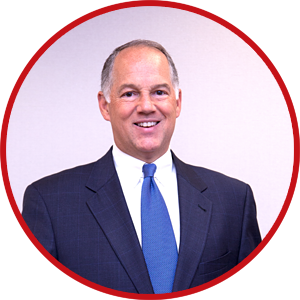
Note: This is an excerpt from Dave Ramos' latest book, Drive One Direction.
Berkshire Hathaway (NYSE: BRK.B) is a multinational conglomerate holding company that owns 63 companies, from Acme Brick to the XTRA Corporation. The diversity of industries where they compete includes candy confectionery, retail, railroad, home furnishings, airlines, publishing, manufacturing, real estate, utilities, and more.
This eclectic mix of businesses is held together by One amazing Team.
Warren Buffett met Charlie Munger in 1959.
They have been business partners for six decades and have created billions in corporate and personal wealth.
"We've had so much fun in our partnership over the years," Buffett told CNBC in a joint interview with Munger, who called the partnership "almost hilarious, it's been so much fun."
Munger added they "don't agree totally on everything, and yet we're quite respectful of one another."
Buffett quipped that when they do disagree, Charlie says, “Well, you'll end up agreeing with me because you're smart and I'm right.”
(I tried using this line with my wife, but it did not go over very well!)
Jim Collins made “getting the right people on the bus” part of the business lexicon. But the real issue is aligning all the bus drivers to work as One Team … driving in One Direction. Fragmentation and infighting among the leadership team is one of the most caustic problems an organization can face. Yet, it is far too common.
Teamwork, alignment, and trust start at the top. The organization is never more aligned than the executive team.
But addressing executive team alignment issues will take courage. Skeletons will have to come out of the closet. Dysfunctional interpersonal relationships will need an intervention. People will have to address the conflicts they have been avoiding.
Someone will have to tell the emperor that he—or she—has no clothes.
Unfortunately, most executive teams never really deal with their misalignment issues.
Why? Because executives are afraid to speak their minds. Their need for self-preservation kicks in.
We see this all the time. We can tell that executives are holding something back. We can see their discomfort with the discussion or the decision that is about to be made. Yet, they are afraid to speak up.
Google just did a fascinating study about teams. They concluded that “psychological safety” was a key component of high-performance teams. It is this psychological safety that creates the environment for executive teams to have vigorous and candid debates about the company.
Psychological safety is the prerequisite to candor. And candor is the key to productive debates.
Creating psychological safety starts at the top. CEOs must create an environment where candor is valued, and opinions can be expressed without retribution.
How does your company’s executive team resolve conflict?

